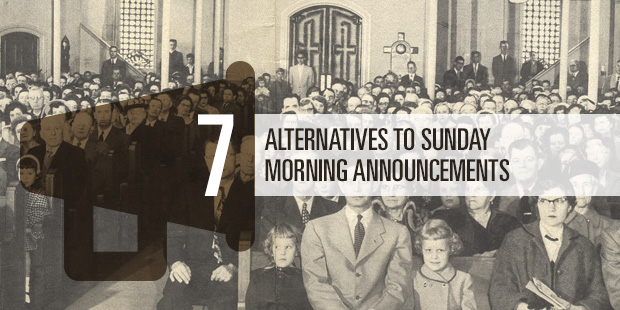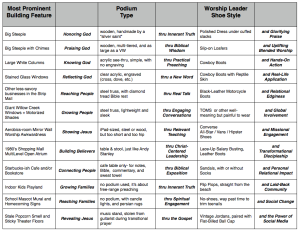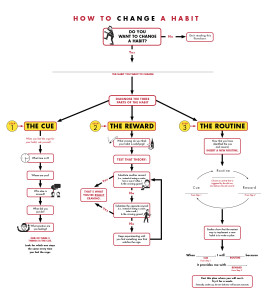
7 Alternatives to Sunday Morning Announcements
Ministry leaders think if they just get their event or program “promoted from the stage” people will flood into it. Church communications people are peppered with requests all the time for people wanting to get “their deal” in the announcements. The urgency from those leaders leans towards desperate. However, the more you talk about on a Sunday morning the less effective the messaging for everything is. You need some solid ways to say “no” to other ministry leaders by providing alternative communication channels.
- Direct Emails // Each of your ministry areas needs to cultivate an email list of people who are interested in their area. This is a critical skill for communication today. We recently sent three emails (over three weeks) to a targeted list to promote an event before we “went public” through Sunday morning … we have 200 people sign up through the pre-registration emails and only 50 through Sunday morning.
- Cause Foyer Chaos // Church is fun … right? How could you bring a little piece of the event you are promoting to the foyer on the weekend? Taking the students on a Camping Trip? What if you figured out how to serve smores to guests? (And then hand them an info sheet on the event.) Is your small group ministry launching off for the fall? What if you brought a living room into the middle of the foyer?
- Social Media // How can you engage your people to get “talking” about the ministry program through social media channels? The goal here isn’t just to “call to action” but to create content that spreads dialogue about the ministry initiative. Ask some questions related to the topic on Facebook. Take some pictures of your team prepping and post them on Instagram. Think conversations not signups.
- Information Cards // As people are leaving the service have your ushers hand out a small printed piece that has all the information you are attempting to communicate as well as a compelling ask to join. Make sure to train your ushers to be friendly and to ask your people if they would like the cards.
- Call People // Have you seen this new technology called “the telephone”? It’s amazing … it’s kinda like Twitter but with audio. You can speak into it and then people on the other end can respond right away. It’s quick, basically free and ubiquitous. Why not order some pizza and pull together a group of volunteers to call people from the church to ask them about your upcoming event?
- Snail Mail // People just get bills and junk mail in their mailbox at home. What if your ministry area came up with a clever piece to send to people? It will stand out in the desert of people’s inbox.
- Kill It // If the ministry specific area is unwilling to put in the work to promote the event … then you should probably kill it. If the leadership is looking for someone else to “market” the event but they don’t do some work to generate a crowd than that is an indicator of a program that needs to go away. Less is more.
Read more from Rich here.

Tags: Attention, Awareness, Rich Birch, Sunday morning announcements



































